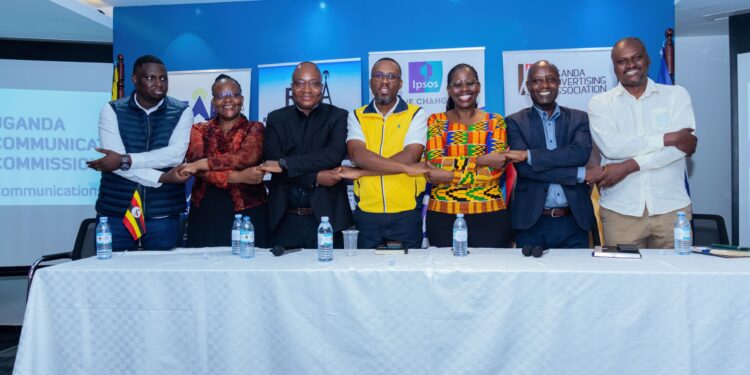IPSOS and the National Audience Measurement Survey Technical Research Team (NAMS TRT) on Friday released preliminary results from the Establishment Survey carried out at end of 2024.
This is an update of the last Establishment Survey carried out in 2019. The results will provide the latest media consumptions habits across all media – TV, Radio, Print and digital. The comprehensive research will also provide 7-day diary data that will be used for media planning and rate card setting.
While presenting the report during an inclusive Media and Stakeholder Event held at the Uganda Communications Commission (UCC) head offices in Bugolobi, Nanzala Mwaura, the IPSOS Uganda Country Manager, highlighted the need for an updated establishment survey, to reflect shifts in media engagement influenced by economic changes, social media growth, and technological advancements.
“Media consumption patterns have changed significantly post-COVID-19. Understanding audience behaviours and the adoption of digital platforms is critical for advertisers and media owners,” Mwaura stated.
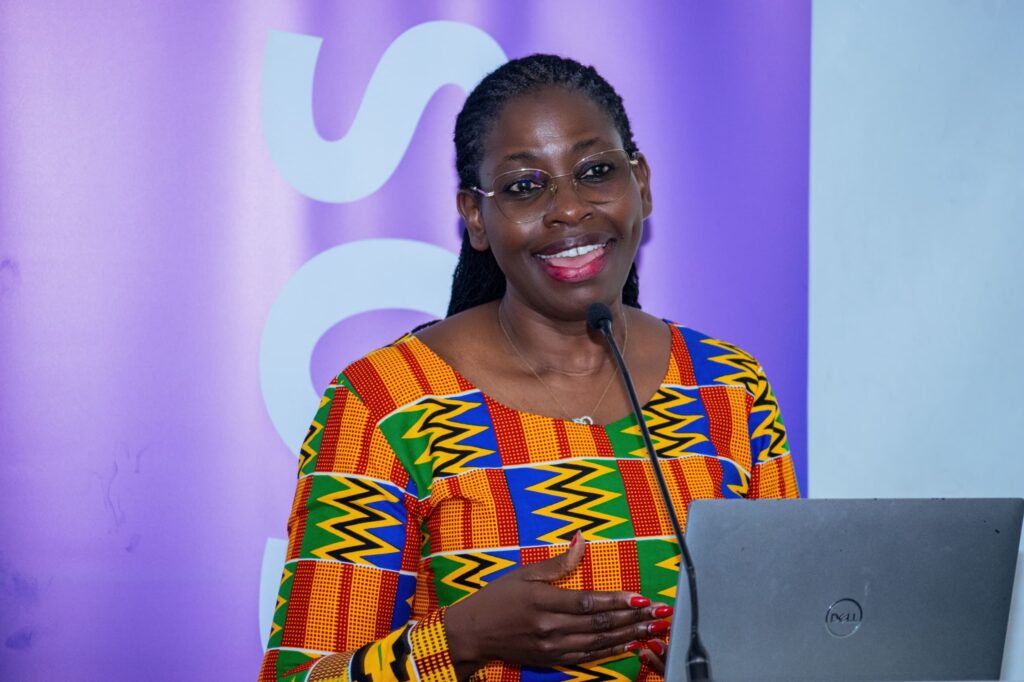
Key Findings on Media Consumption Trends
The study revealed that traditional media, such as radio and television, continue to play a dominant role, but face growing competition from digital platforms.
Radio remains the most consumed medium but has seen a decline, especially among younger audiences who prefer streaming services and on-demand music. Television has maintained steady viewership, with urban penetration increasing, nearing radio’s dominance.
Print media is under pressure, with lower readership and shorter engagement times. Internet and social media usage has surged, with 26% of Ugandans actively engaging in online content, particularly through social media and digital streaming services.

Mwaura pointed out that advertising strategies need to adapt to these shifts. “Media planners must consider not just reach, but also audience engagement and content preferences to optimise advertising spend.”
Innovative Media Planning Tools
To enhance targeting and efficiency, Ipsos introduced a media planning tool, enabling advertisers and media houses to analyse viewership trends, optimise campaign placements, and assess the effectiveness of advertisements in real-time.
Caroline Wanyonyi, a representative from Ipsos, demonstrated how the tool can refine audience segmentation and budget allocation. “This technology allows advertisers to maximize their reach and impact by selecting optimal time slots and channels for their campaigns,” she explained.
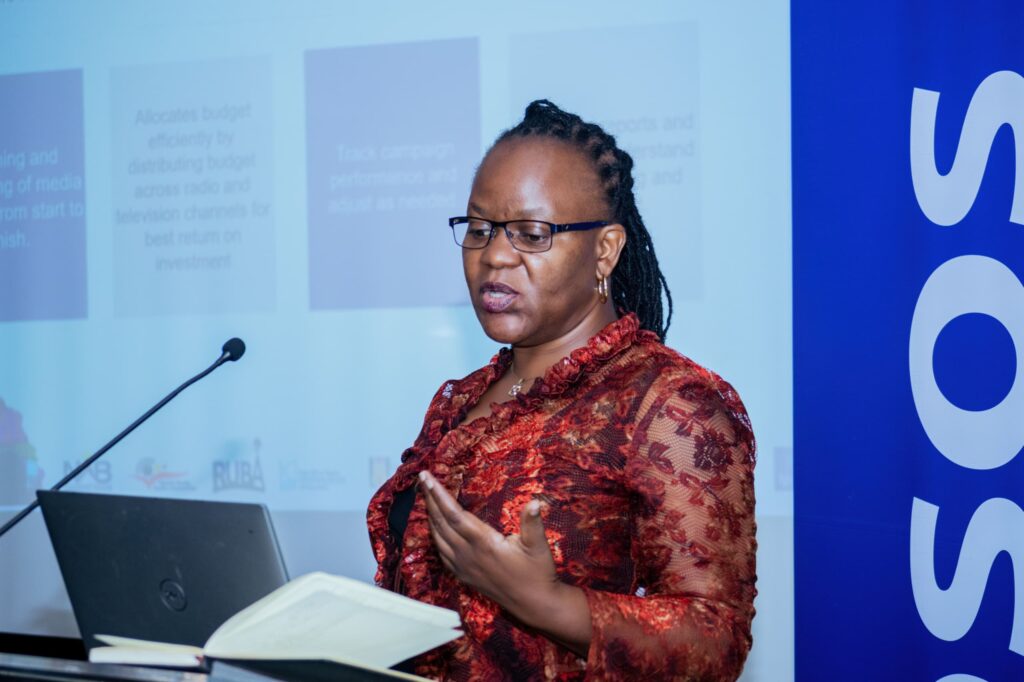
The Call for Sustainable Media Research
In his address, Uganda Advertising Association (UAA) President Jasi Rommel, called for collective efforts among media owners, agencies, marketers, and regulators to ensure sustainable funding for media research.
“The transformation we seek requires collaboration. One key initiative I will push for is setting aside 1-2% of all advertising spend to fund research. This will eliminate the struggle of seeking financing from individual advertisers or media houses,” Rommel stated.

He stressed that professional analysis is necessary to extract meaningful insights from data, urging advertisers to trust agencies in optimising media plans. “Data alone is just a collection of facts. The real impact comes when skilled professionals analyse it and translate it into actionable strategies,” he added.
Impact on Rural Broadcasters and the Media Industry
Rural Broadcasters Association (RUBA) Chairperson, Julius Tumusiime, highlighted the importance of the new research for rural broadcasters, who often struggle with visibility and representation in national advertising strategies.
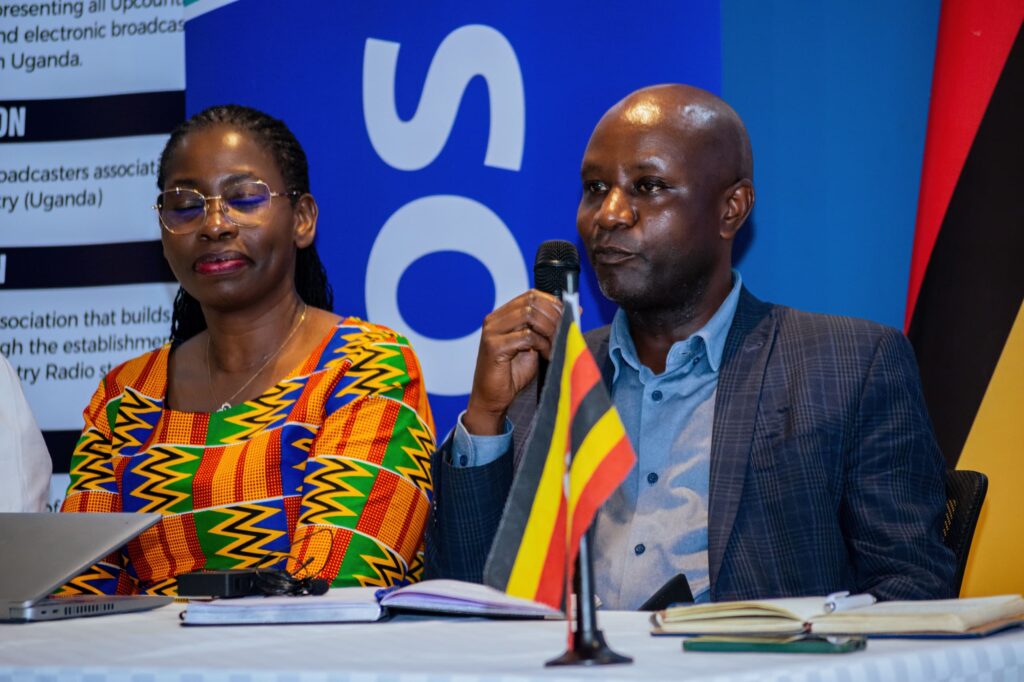
“This study is significant for us. Rural broadcasters play a crucial role in promoting social change within communities, and their audience data must be recognised in advertising plans,” he remarked.
East African Radio Services (EARS) representative, Douglas Mutumba, echoed this sentiment, emphasising that media is a business that requires structured decision-making.
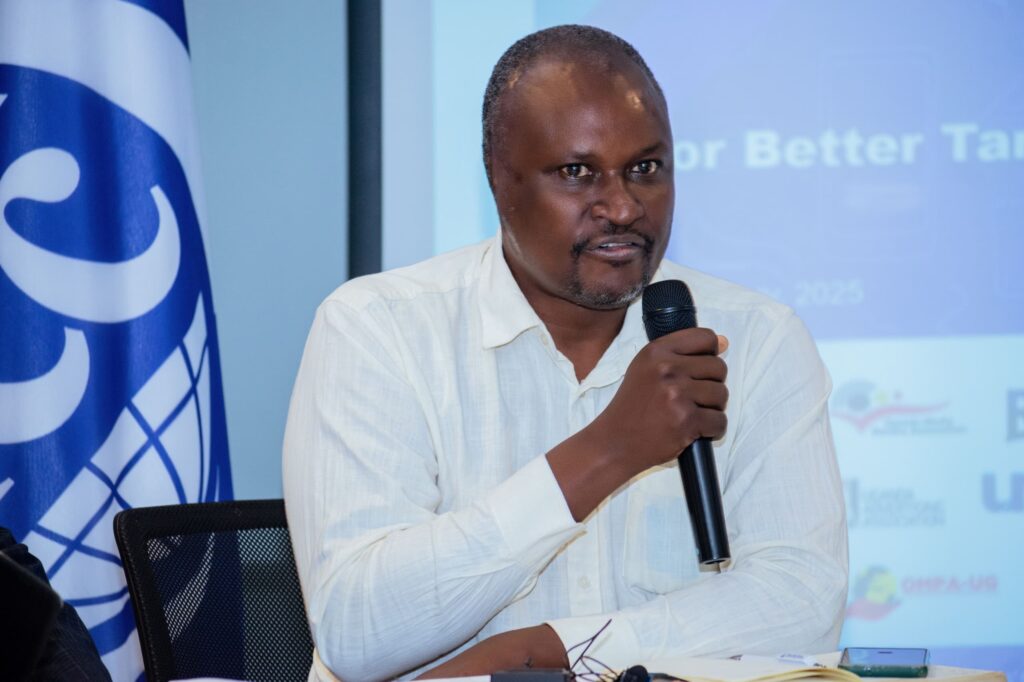
“Advertising and media pricing are a science. We are excited about the data-driven approach, as it will revolutionise our industry and ensure fair pricing based on audience reach,” Mutumba said.
Robert Sebunya who represented the CEO of Uganda Capital Marketers Society, emphasised the need for data-backed decision-making to transform the advertising landscape.

Dr. Innocent Nahabwe, the Chairperson of the National Association of Broadcasters (NAB), emphasised the survey’s role in advancing the media industry and expressed gratitude for IPSOS’s inclusive approach, which incorporates stakeholder feedback into data collection and analysis.

The Regulator’s Commitment to Data-Driven Decision Making
Uganda Communications Commission (UCC) representative, Julianne Mweheire, reassured the industry of the commission’s commitment to supporting data-driven advertising, stating that accurate research is crucial for effective regulation.
“This industry is at a crossroads. As regulators, we must balance fostering innovation while ensuring fair representation of all players. Reliable data will help us shape policies that address both industry and consumer needs,” Muhirwe stated.
To ensure that the National Audience Measurement Survey (NAMS) Establishment & Tracker Survey was all-inclusive, IPSOS Uganda incorporated and secured representation from seven (7) industry associations under the NAMS Technical Research Team (TRT).
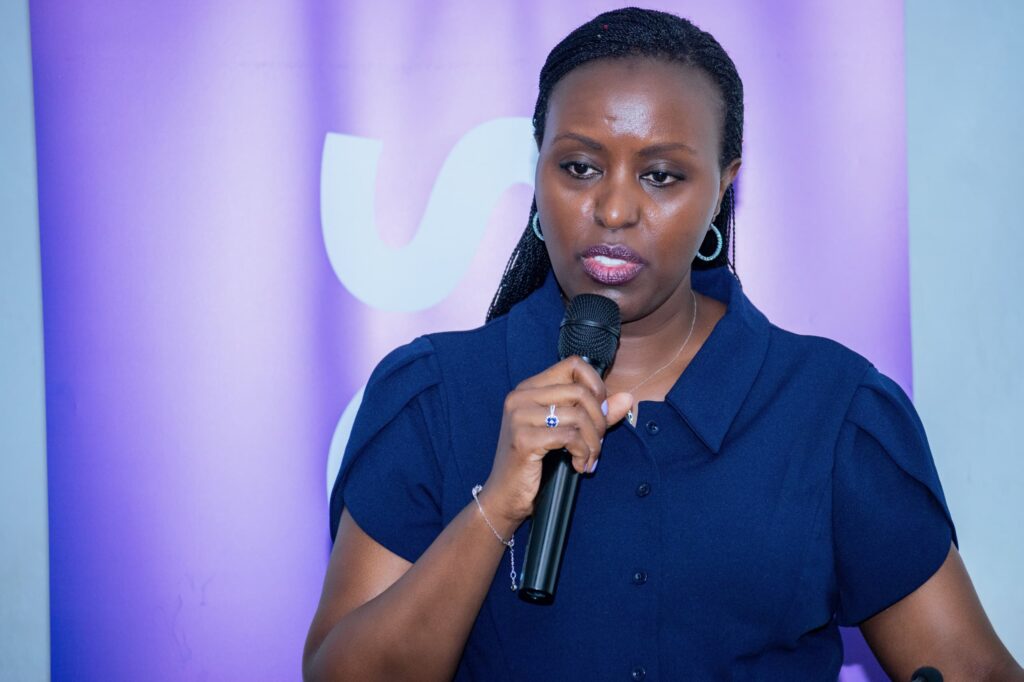
The 19th of October 2023 saw the formation of the NAMS TRT, and since then, the team has been meeting weekly to coordinate the methodology, sample structure, interviews for each enumeration area, and data delivery, among other things.
The seven (7) industry associations included the National Association of Broadcasters (NAB), Uganda Media Owners (UMOA), Uganda Advertisers Associations (UAA), the Public Relations Association of Uganda (PRAU), East Africa Radio Services (EARS), the Uganda Marketers Society (UMS), and the Online Media Publishers Associations (OMPA).








